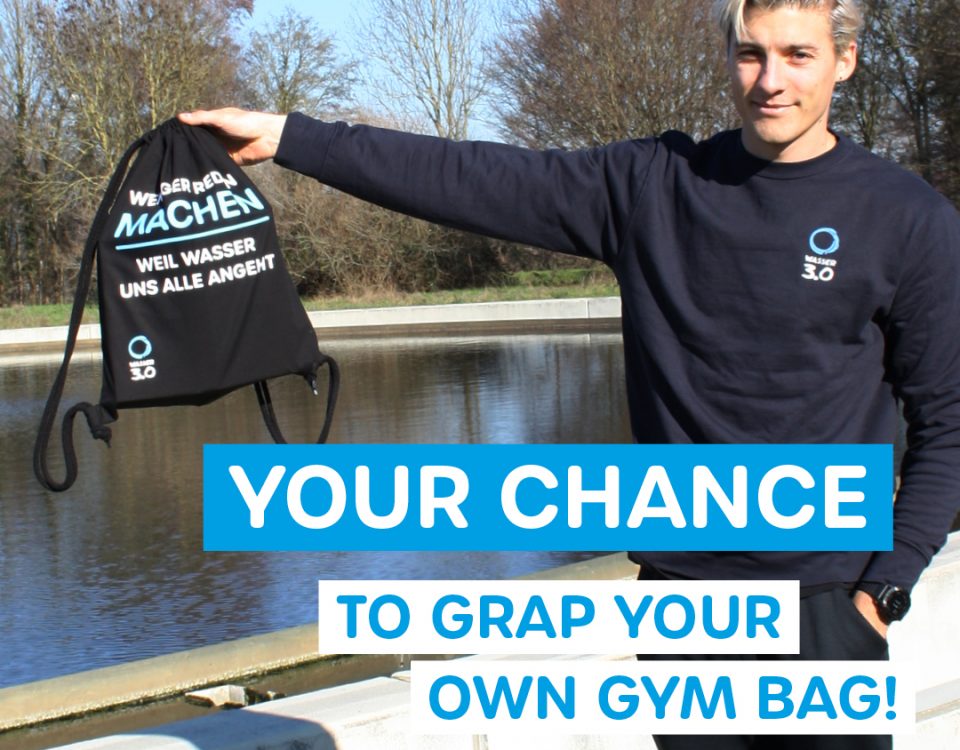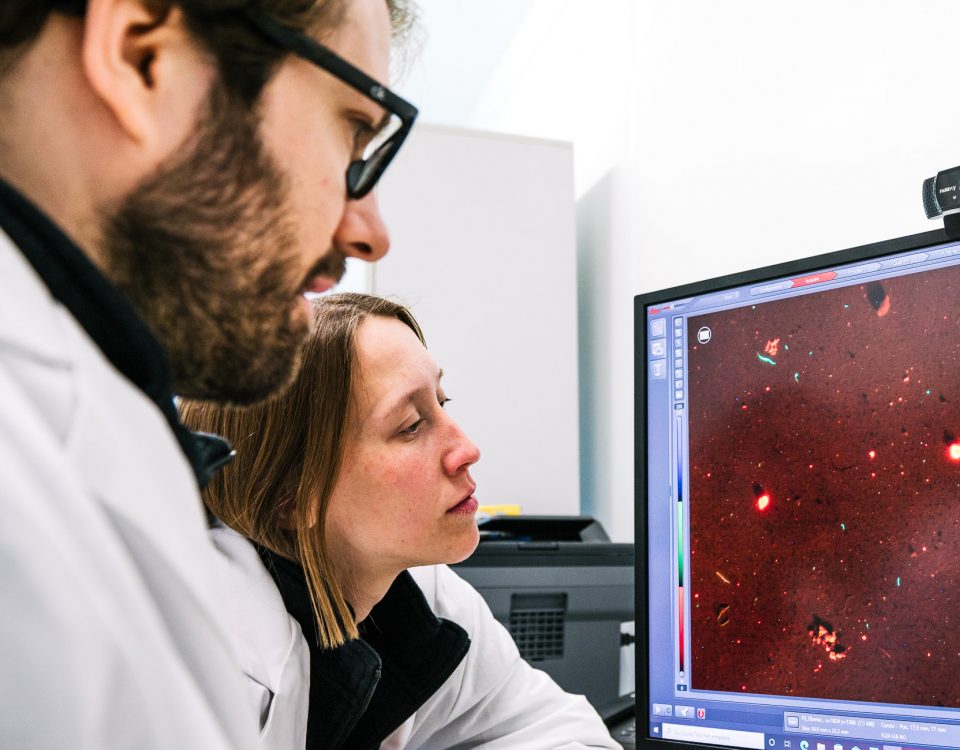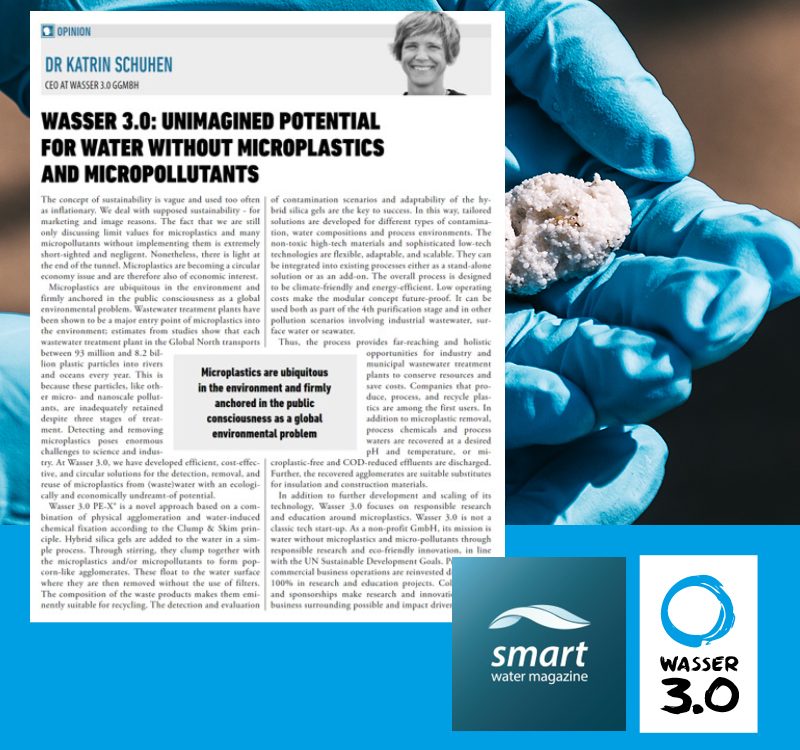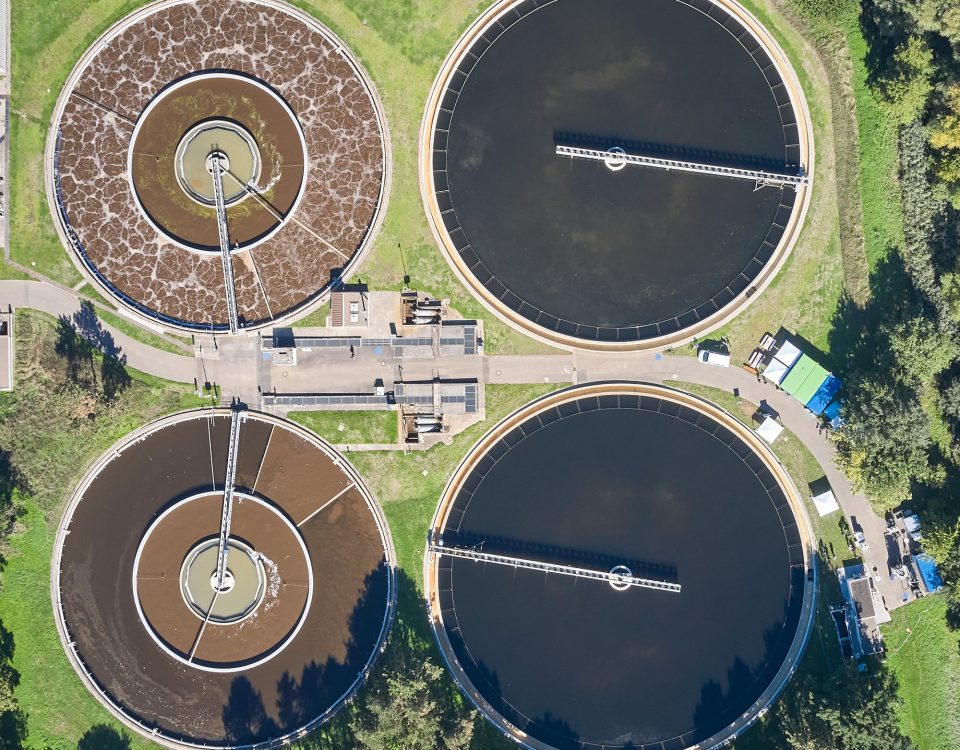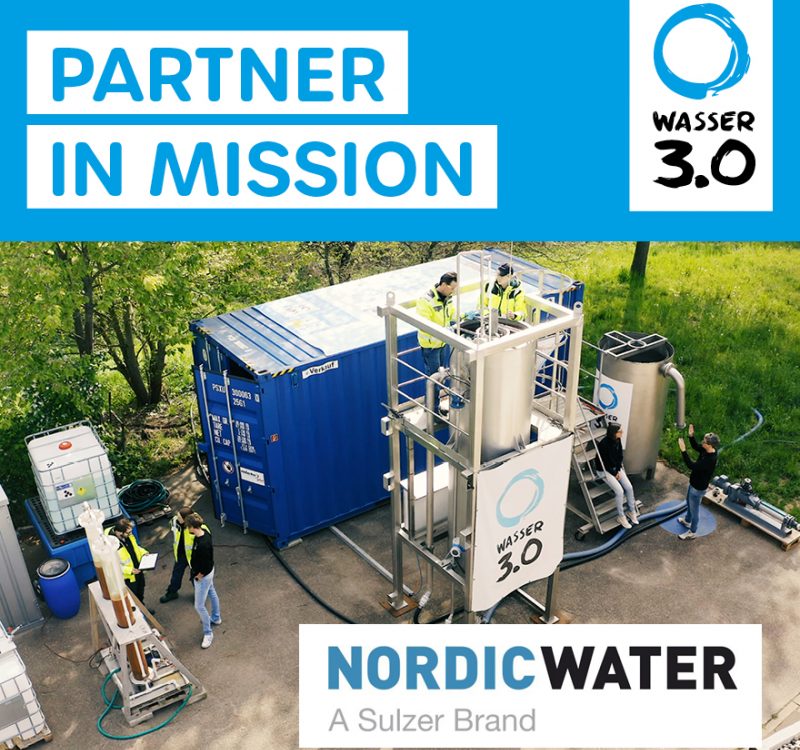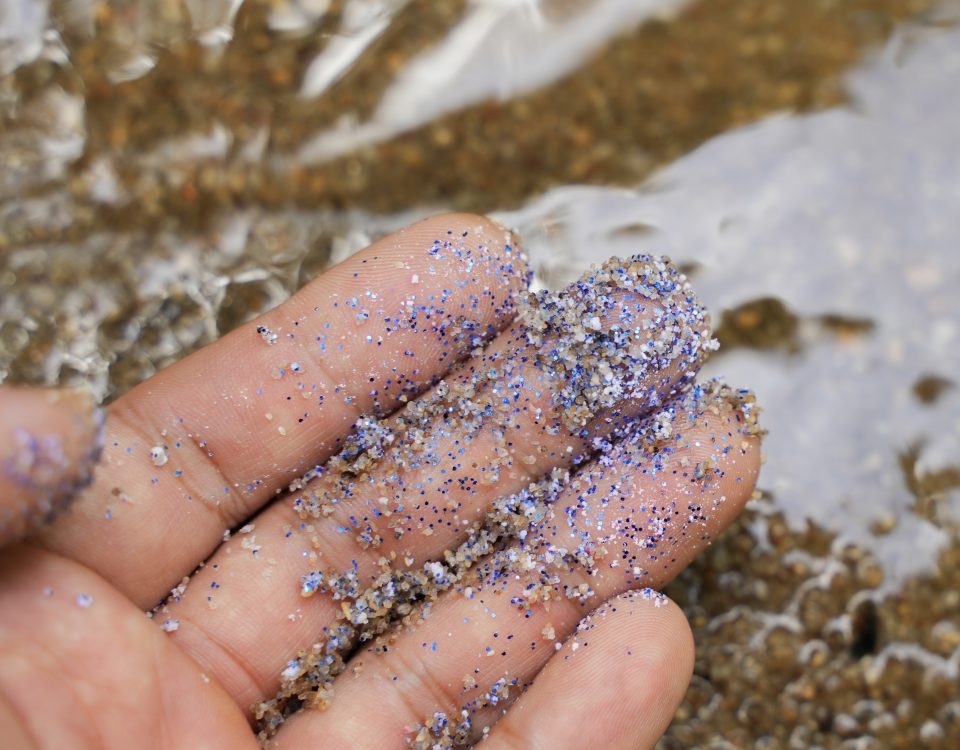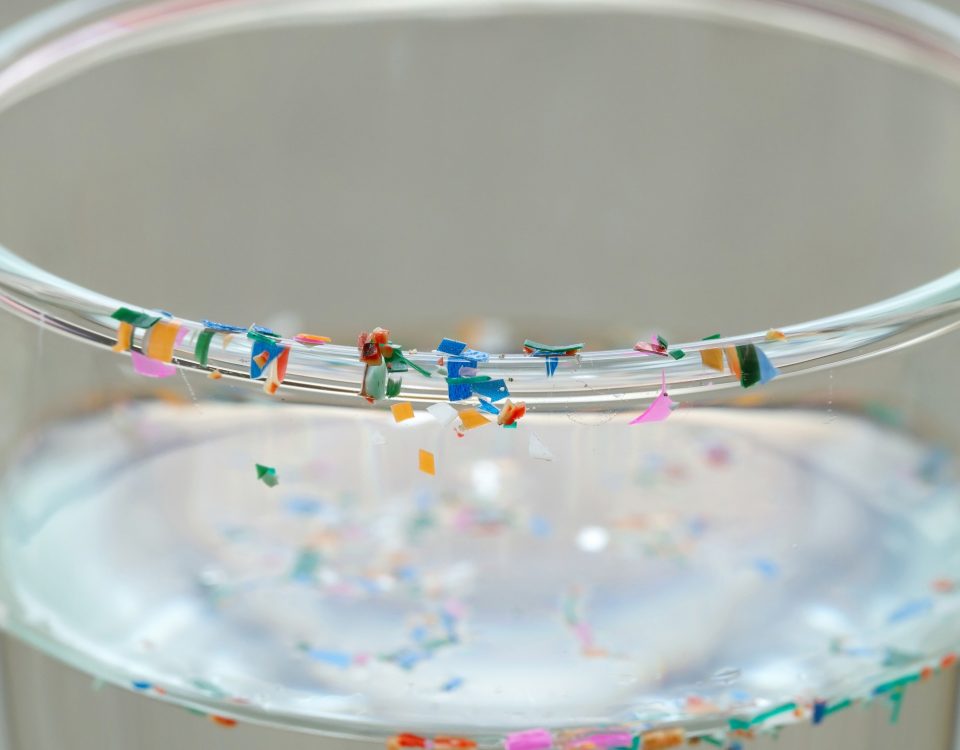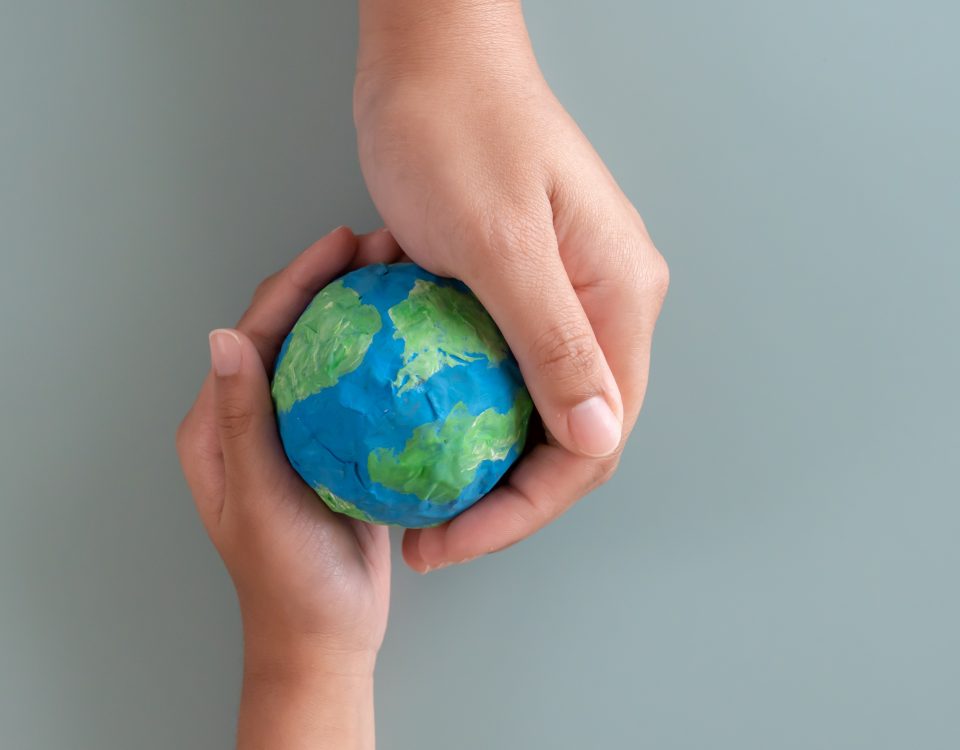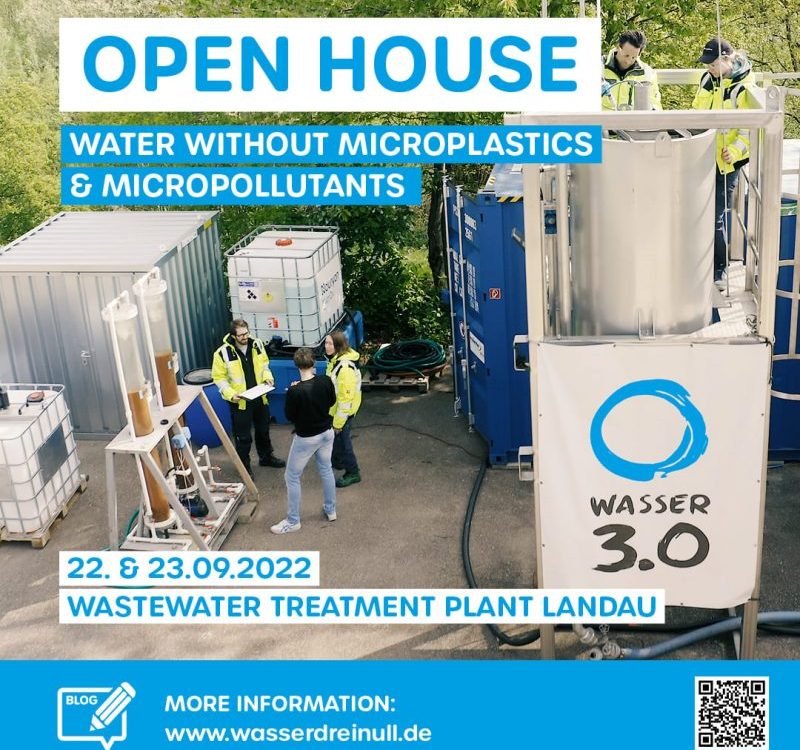1. March 2023
In order to draw society's attention to the great importance of water and water availability, the UN decided in 1993 to declare March 22 every year as World Water Day. This is to both celebrate the importance of water and draw attention to the ongoing water and sanitation crisis. The motto of this year's World Water Day is "Accelerating Change together."
Since every day is World Water Day for us, there is also a competition in addition to the outlook.

